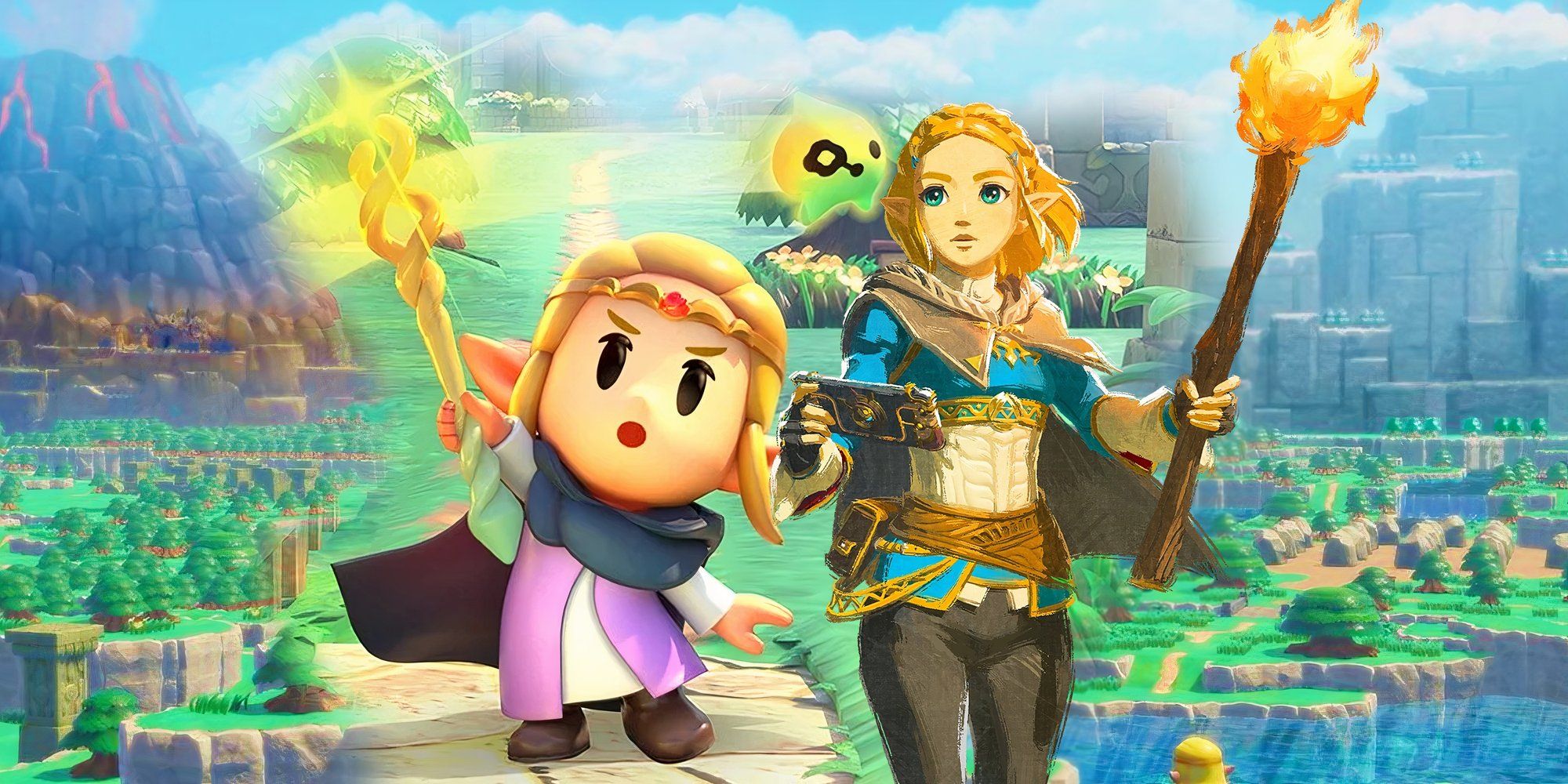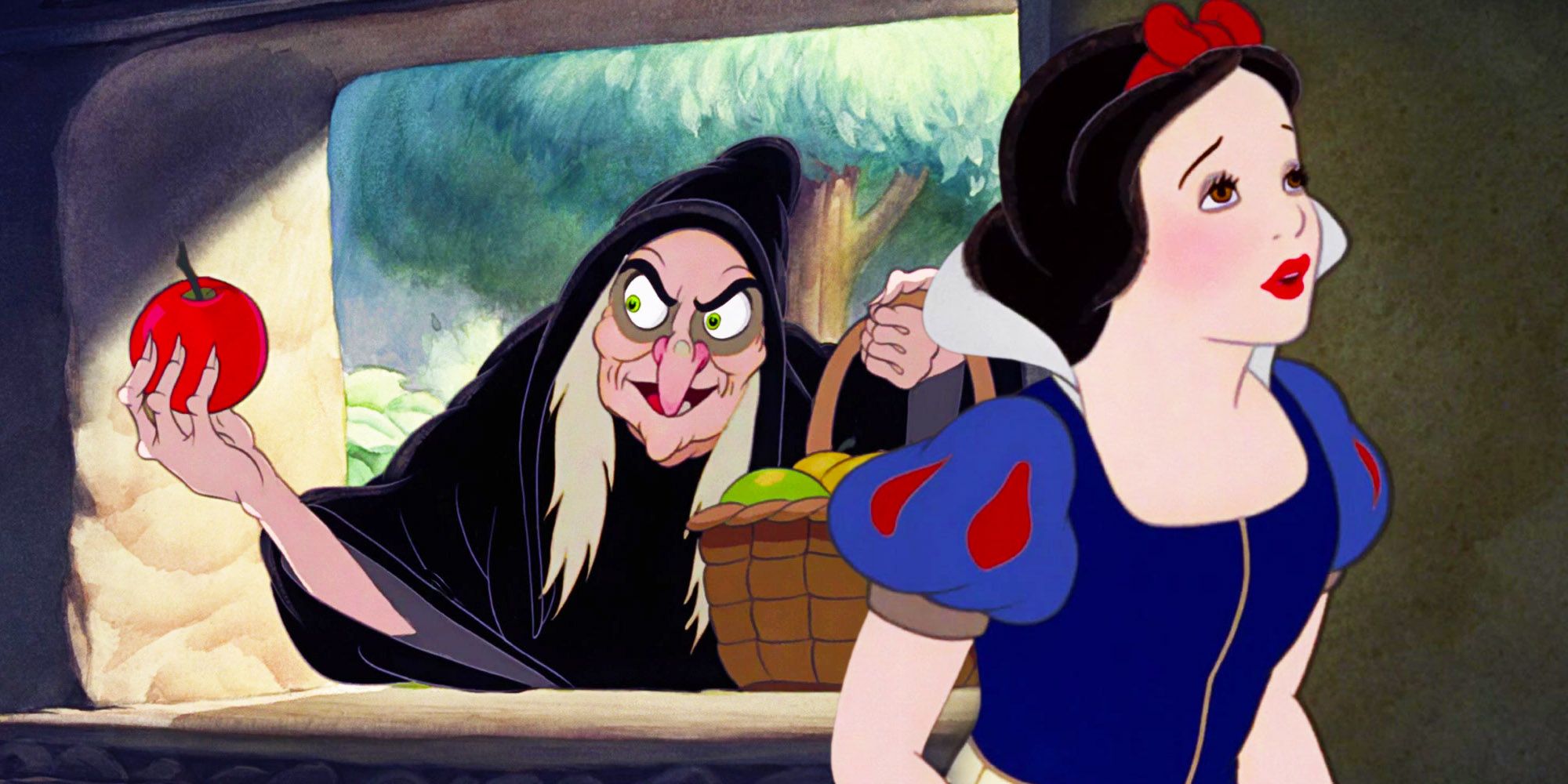With the release of Zelda: Echoes of Wisdom, there are a lot of questions about how the timeline has changed. One theory is that the events of Echoes of Wisdom are the substance of the legend in Skyward Sword, as the rifts and pools of darkness across Hyrule fit into the narrative and effectively create the legend that follows Zelda. However, the connection to Lynels in the timeline's placement goes beyond just a coincidence in events surrounding the main characters, serving as a way to finally shift the way the canon looks at the "Fallen Hero" timeline presented by Nintendo.
Most Monsters Appear In Every Game, Why Not Lynels
An Enemy That Recurs Under Specific Conditions
Lynels are one of the oldest monsters in the Zelda portfolio, as they were first introduced in the original The Legend of Zelda in 1986. At the time, they came in two variants, with blue Lynels proving more powerful than red ones. This colorful pairing returned in the Oracle duology, while Lynels with more natural coats showed up in A Link to the Past and A Link Between Worlds. For decades, Lynels only appeared in games that followed the traditional top-down style, failing to debut in the full 3D games until Breath of the Wild and Tears of the Kingdom.

Related
Zelda: TOTK - Where To Find Wild Lynels (& How To Beat Them)
Lynels are infamously difficult enemies in Zelda: TOTK, found on both the surface and the Depths. Fighting them requires careful preparation.
While it may seem silly to look at a monster for help with determining where games fall in the overarching Zelda timeline, it could be worth looking at frequent appearances. Octoroks appear in every game except Twilight Princess, drawing players to look at the clear evolutionary concept of the annoying rock-spitting creatures and apply it to other monsters. Lynels, however, only show up in the games classified as part of the "Fallen Hero Timeline" and the timeline-adjacent BOTW and TOTK. Lynels could be an after-effect of the dissolution of the Tri-Force and Ganondorf's might or simply an evolutionary mystery.
What Does The Multi-Colored Lynel In Echoes Of Wisdom Mean
A Theory Of Zelda Evolution
 Custom Image By Katarina Cimbaljevic
Custom Image By Katarina Cimbaljevic The newest Lynel variant is a multicolored version that haunts the Eternal Forest. In Echoes of Wisdom, the Echo description says that the Lynel is the most fearsome monster in all of Hyrule, whereas the BOTW compendium entry states that they've lived in Hyrule since ancient times. With a mixture of blue, brown, and red accents, this Lynel is one of the strongest echoes that Zelda can acquire within the game, and notable designs from BOTW/TOTK place Echoes of Wisdom's model firmly into the timeline before the Great Calamity.

Related
The "New" Zelda Timeline For TOTK & BOTW Might Not Be What It Seems
The newer version of the Legends of Zelda timeline has separated TOTK and BOTW into their own section, but this may not be what it seems.
Given a connection to be made from the convergence of all the timelines, it can be assumed that the Lynels had to evolve and proliferate from that point, as there is only one Lynel that can be found in Echoes of Wisdom and around twenty-two that can be found in BOTW. The singular multicolor Lynel might be the key to understanding how several different kinds of Lynels could evolve.
One notable example of evolution in Zelda games lies in The Wind Waker 's bird-like Rito, which canonically descend from the fish-like Zora.
When treating BOTW and TOTK as games that take place after the Fallen Hero timeline, there are slow increases in the number of Lynels that Link comes in contact with over time. Only Echoes of Wisdom features a sole Lynel, and the emphasis on both blue and red in its coloration asserts that Echoes of Wisdom is the genetic origin of the Lynel.
Zelda's Fallen Hero Timeline Is More Important Than It Seems
The Key To Understanding The Franchise

Although it's fun to play around with different theories, placing Echoes of Wisdom early in the Fallen Hero Timeline is backed up by the most evidence in the sequence of events that allows BOTW/TOTK to happen. Lynels aren't the only point of connection, and the similarity between the Echoes of Wisdom map and A Link to the Past's Hyrule is another strong argument. The idea of starting the Fallen Hero timeline with Zelda as the protagonist is also appealing, showing her taking up the mantle after the hero failed to protect Hyrule.

Related
Complete Legend of Zelda Franchise Timeline Explained
New incarnations of Link and Ganon make Nintendo's Legend of Zelda games seem unrelated to one another, but the series has a complex timeline.
Since Zelda also claims the role of Sheik in Ocarina of Time, this idea that this is Zelda's timeline instead doesn't seem farfetched, as she takes on a more involved role with Link throughout his time as an adult. With the addition of Echoes of Wisdom, there's a good chance that the Fallen Hero timeline now starts with Echoes of Wisdom rather than A Link to the Past . The Lynel might not seem like the most important part of Echoes of Wisdom, but it could be the key to figuring out the timeline for The Legend of Zelda.

The Legend of Zelda
Created by Shigeru Miyamoto , Takashi Tezuka
Character(s) Link , Princess Zelda , Ganon
Summary
The Legend of Zelda franchise follows the adventures of Link, an elf-like Hylian, and Princess Zelda as they protect the land of Hyrule from the evil warlord-turned-demon king Ganon. The series is known for its mix of action, adventure, and puzzle-solving elements, often revolving around the collection of the Triforce, a powerful relic left by the goddesses who created Hyrule. Each game features different incarnations of Link and Zelda, maintaining core elements while introducing new characters and settings.




:quality(85):upscale()/2024/10/29/625/n/1922564/ec222ac66720ea653c5af3.84880814_.jpg)
:quality(85):upscale()/2021/07/06/971/n/1922153/7d765d9b60e4d6de38e888.19462749_.png)
:quality(85):upscale()/2024/10/29/957/n/1922441/c62aba6367215ab0493352.74567072_.jpg)

:quality(85):upscale()/2024/10/29/987/n/49351082/3e0e51c1672164bfe300c1.01385001_.jpg)
 English (US) ·
English (US) ·